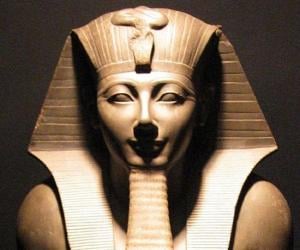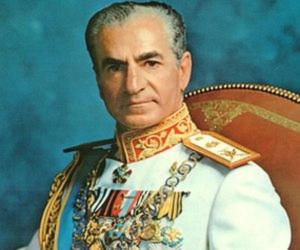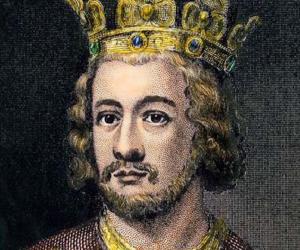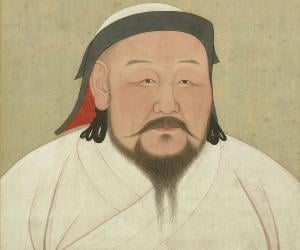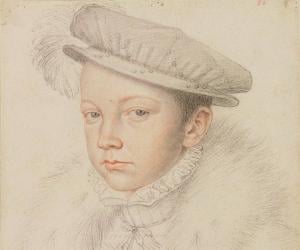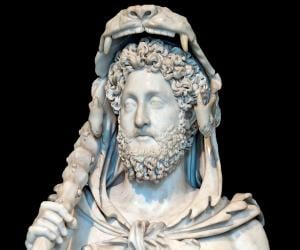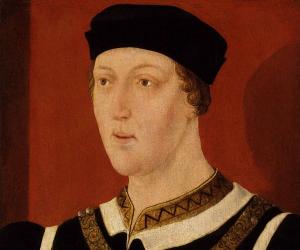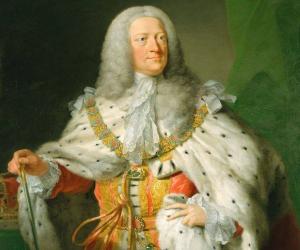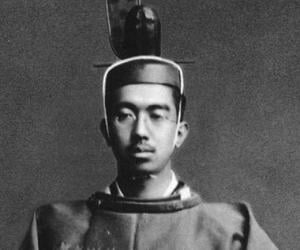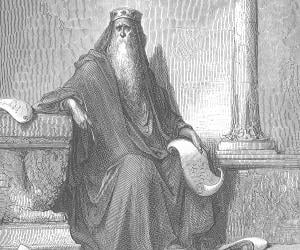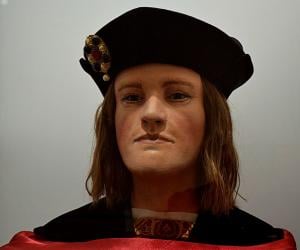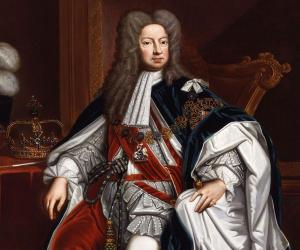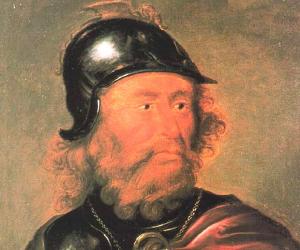Thutmose III was the sixth pharaoh of the 18th Dynasty who ruled Egypt from 1479 BC to 1425 BC. Regarded as one of the greatest rulers of ancient Egypt, he created the biggest empire Egypt had ever seen. He conquered over 350 cities, including all of Syria. He crossed the Euphrates to defeat the Mitannians and penetrated south along the Nile to Napata in the Sudan. Thutmose III, the son of Thutmose II, was also a great builder and constructed over 50 monuments and temples. Following his father’s death in 1479 BC, he had little power over the kingdom due to his young age. As a result, his stepmother Queen Hatshepsut became his regent and later declared herself to be the pharaoh. Thutmose III was initially made the head of Hatshepsut’s armies. He later went on to become Egypt's greatest conqueror and conducted at least 16 campaigns in 20 years. During the final years of his reign, Thutmose III appointed his son Amenhotep II as his junior co-regent. He had several wives and numerous children. He died in 1425 BC, after ruling Egypt for about 54 years. His mummy was later discovered in 1881, in the Deir el-Bahri Cache located on the west bank of Nile.
Quick Facts
Also Known As: Thutmose the Great, Tuthmosis
Died At Age: 56
Family:
Spouse/Ex-: Satiah
father: Thutmose II
mother: Iset
children: Amenemhat, Amenhotep II, Beketamun, Iset, Menkheperre, Meritamen, Nebetiunet, Siamun
Born Country: Egypt
Emperors & Kings Egyptian Men
Died on: 1425 BC
place of death: Ancient Egypt
Childhood & Early Life
Thutmose III was born in 1481 BC, to Thutmose II and his secondary wife Iset. His stepmother was Queen Hatshepsut who was his father’s great royal wife. Her daughter Neferure was his half-sister.
Following his father’s death, his stepmother Hatshepsut took the formal titulary of kingship as he was too young to rule. Thutmose III had little power during this period. When he reached a suitable age, he was made the head of Hatshepsut’s armies.
Military Campaigns
Thutmose III is known as one of the greatest of Egypt’s pharaohs who transformed the country into an international superpower. He created an empire that stretched from the south of Syria and east of Canaan, to south of Nubia.
During his first campaign, the king passed through the border fortress of Tjaru and reached Yehem, a city near Megiddo. He finally succeeded in conquering the city in the Battle of Megiddo, the largest battle of Thutmose’s campaigns.
Thutmose III then embarked on three consecutive campaigns that were nothing more than tours of Canaan and Syria to collect tribute. It is for this reason these campaigns appear insignificant.
His next campaigns were against Kadesh on the Orontes and the Phoenician cities in Syria. He began with occupying Kadesh’s lands, took Simyra, and then quelled a rebellion in Ardata. During the last of these campaigns, the Egyptian king returned to Syria and conquered the port city of Ullaza.
During his future campaigns, he captured the state of Mitanni by crossing the Euphrates River. Thutmose III collected tribute and returned to his country after a victory.
He again went to Syria for a campaign that occurred in his 34th year. It was a minor raid of Nukhashshe, a region of semi-nomadic people.
His next campaign was against Mitanni who returned with an army much larger than before. Although ancient records indicate that Thutmose took only ten prisoners of war, he managed to receive tribute from the Hittites. This, in turn, indicates that the battle was won by him.
After two other campaigns that happened in his 36th and 37th year, the king returned to Nukhashshe for another campaign, this time against Nukhashshe.
His next campaign was against the Shasu, Semitic-speaking cattle nomads. His final Asian campaign was against Mitanni who spread revolt among major Syrian cities. Thutmose put down rebellions in the Arka plain, took Tunip, and turned to Kadesh.
Thutmose’s last campaign happened in his 50th regnal year. During this operation, he attacked Nubia to conquer the Fourth Cataract of the Nile.
Family & Personal Life
Thutmose III had many wives, including Satiah and Neferure, one of whom gave birth to his son Amenemhat. The king also married Merytre-Hatshepsut, who became the mother of many children, including Amenhotep II, Menkheperre, Nebetiunet, Iset, and Meryetamun.
Other consorts of Thutmose were Nebtu, Menwi, Merti, and Menhet.
Temple & Monument Construction
Thutmose III, who was a great builder, constructed over 50 temples and also commissioned the construction of tombs for nobles.
In the Iput-isut, an area in Karnak, he rebuilt his grandfather Thutmose I’s hypostyle hall, dismantled the red chapel of Hatshepsut, and constructed a shrine for the bark of Amun in its place.
He also built another temple to the east of the Iput-Isut. The Egyptian king also undertook construction projects to the south of the main temple between the temple of Mut and the sanctuary of Amun.
Thutmose commissioned artists to illustrate his extensive collections of flora and fauna in the Botanical garden of Thutmosis III.
Death & Burial
Thutmose III died in 1425 BC, at the age of 56. He was buried in the Valley of the Kings alongside other kings of the 18th and 19th dynasties, including his father Thutmose II.
In 1881, his mummy was found in the Deir el-Bahri Cache. Five years later, it was “officially” unveiled by Gaston Maspero.
The anatomist Grafton Elliot Smith later stated the height of the mummy to be 5 ft. 3.58 inches. As the mummy was discovered without feet, the actual height was concluded to be greater than the figure given by Smith.
Facts About Thutmose III
Thutmose III was known for his military prowess and strategic thinking, leading successful military campaigns that expanded the Egyptian empire to its greatest territorial extent.
Despite his reputation as a skilled warrior, Thutmose III was also a patron of the arts and oversaw the construction of many impressive temples and monuments during his reign.
Thutmose III was an avid sportsman and enjoyed hunting and chariot racing in his leisure time, demonstrating his physical prowess and love for competition.
Thutmose III was a devoted family man, known for his close relationships with his wives and children, and he often depicted them in his monuments and inscriptions.
Thutmose III was a keen observer of nature and is believed to have had a personal interest in botany, collecting plants and studying their properties for medicinal and ceremonial purposes.


